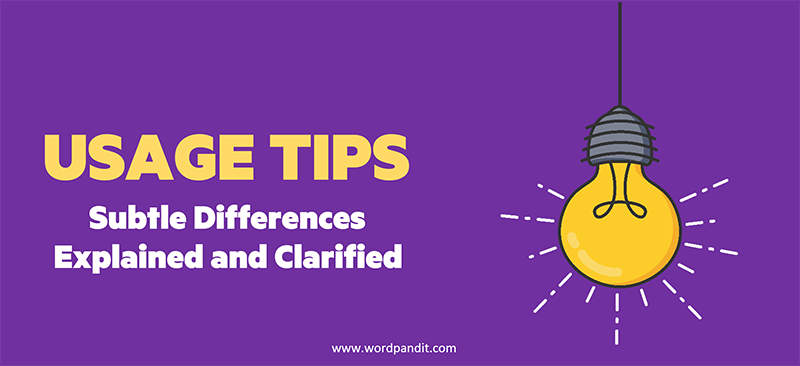Critic vs. Critique: Understanding the Difference 📖✨
Introduction
Have you ever stumbled over whether to use critic or critique? 🤔 You’re not alone. These two words are often mistaken for one another, partly because they both involve offering an opinion—usually about a piece of 🎨, 📚, or even someone’s actions. But they serve different roles. In this article, we’re going to untangle the confusion in a way that’s easy to remember, so the next time you need to choose between critic and critique, you’ll be confident you’re using the right one. 😊
These words are commonly confused because they are related to ⚖️ and 📝, but their functions are quite different. Understanding these distinctions is not just about improving your 🧠—it’s also about becoming a more effective 🗣️. Whether you are writing a ✍️, reading a detailed analysis, or just trying to describe someone’s role accurately, knowing the difference between critic and critique can make all the difference. 🌟
Detailed Explanation of Each Word
Critic
Definition: A critic is a 👤 who evaluates or expresses opinions about the value, merit, or quality of something. 🎬📚 This could be a 📖, a 🎥, a 🍽️, or even an 💡. Critics are known for their ability to analyze, ⚖️, and provide insightful commentary.
Pronunciation: KRIT-ik 🔊
Etymology: The word critic comes from the Greek word “kritikos,” meaning “able to make ⚖️.” This origin highlights the role of a critic as someone who is skilled in discernment and capable of making informed judgments. 🧐
Usage Examples:
- The 🎥 received mixed reviews from the critics. 🎥
- He was a harsh critic of the 🏛️’s new policy. 🏛️
- As an 🎨 critic, she spends her time evaluating new exhibitions and giving her expert opinions. 🖼️
Synonyms: Reviewer, evaluator, commentator, ⚖️.
Antonyms: Supporter, admirer, advocate. ❤️
Critique
Definition: A critique is a detailed analysis or assessment of something, often written. ✍️ It refers to the process or result of critically examining a subject. A critique provides insights, strengths, weaknesses, and suggestions for improvement. 📝
Pronunciation: kri-TEEK 🔊
Etymology: Critique derives from the French word of the same spelling, which is itself derived from the Greek word “kritike,” meaning “art of ⚖️.” This etymology reflects the detailed and systematic nature of a critique. 📜
Usage Examples:
- She wrote a thorough critique of the new 📖. 📖
- The 👩🏫 asked us to provide a critique of our peers’ essays. 👩🏫
- His critique of the company’s 📊 was both insightful and constructive. 💡
Synonyms: Analysis, 📝, ⚖️, assessment.
Antonyms: 👍, approval, endorsement. 👍
Comparison and Contrast
While critic refers to a 👤 who provides ⚖️, critique refers to the actual analysis or the process of evaluating something. 🧐✍️ A critic might provide a critique, but a critique is not a 👤. One common mistake people make is saying someone is a critique when they mean to say critic. ❌
Think of it this way: “A critic writes a critique.” The critic is the doer, while the critique is the thing being done. 📚✏️
Another way to think about it is that a critic brings their personal ⚖️, often based on their expertise, while a critique is more structured and objective. ⚖️ A critic may be subjective, sharing their likes, dislikes, and preferences. On the other hand, a critique aims to be a balanced evaluation that considers multiple perspectives. 🤓
Contextual Usage
The critic gave a harsh critique of the 🎥, pointing out flaws in the storyline and direction. 🎥✍️
As a 🎶 critic, she critiques performances from a technical standpoint. 🎶🎻
The 🎨 critic’s critique was published in the leading 📰, providing an in-depth look at the artist’s techniques and themes. 🖌️📰
In these examples, you can see how the words fit their different roles. The critic is the 👤 performing the action, and the critique is the product of that action. Understanding this distinction can help you be more precise in your 🗣️, especially when discussing reviews or assessments. 💬✨
Mnemonic Devices
Here’s a simple way to remember it: 🤓
Critic has an “i” in it, just like “individual.” A critic is an individual giving an opinion. 👤
Critique ends with “-que,” which you can think of as “queue” or “collection” of thoughts—meaning a structured assessment or 📝. 📋
Another mnemonic you could use is to think of “critique” as having the same ending as “technique,” which also involves a systematic process. Just like a technique is a method, a critique is a methodical assessment. 🛠️✍️
Related Words
- Reviewer: Someone who provides an analysis, similar to a critic. 📝
- ⚖️: Similar to a critique, an ⚖️ is a careful analysis of something. ⚖️
- Appraisal: An act of assessing something or someone, often similar to a critique. 🏷️
- Judgment: The ability to make considered decisions, similar to what a critic does. ⚖️🧠
Conclusion
To wrap it up, remember that a critic is the 👤, and a critique is the analysis they create. 🗣️✍️ Keeping these distinctions clear will make your 📝 sharper and help you sound more confident when expressing your opinions. 💪 Whether you’re discussing a 🎥, a 📖, or a piece of 🎨, knowing the difference between these two terms will ensure that you convey your thoughts accurately and effectively. 🎨📖
Now that you’ve got it down, how about taking a quick quiz to solidify your knowledge? 📚📝 Test yourself and see if you can master the subtle yet important distinctions between critic and critique. Practicing with these words will help reinforce your understanding and make you more comfortable using them in everyday situations. 💡🗒️











